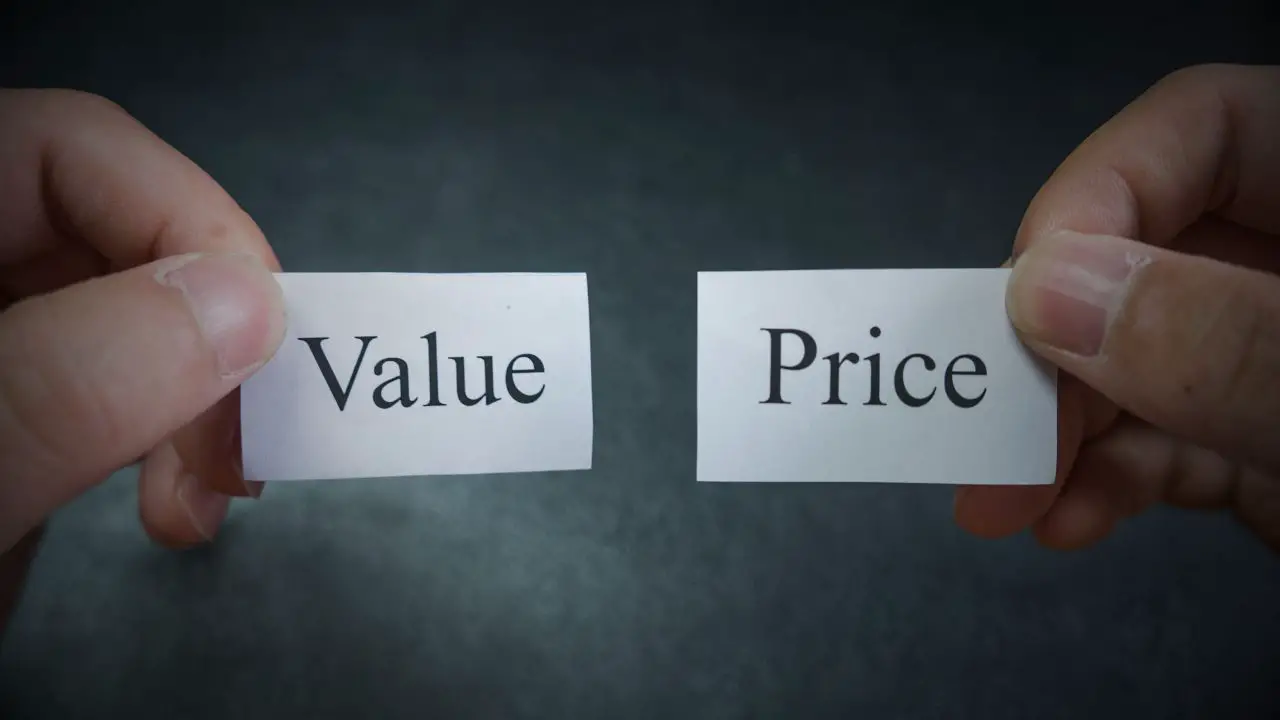Intrinsic value represents the real or inherent value of an option if it were to be exercised immediately. It is an essential component of an option’s total value, along with time value, which accounts for the time remaining until the option’s expiration.
Understanding Option Pricing
The price of an option is composed of two primary components: intrinsic value and extrinsic value.
Intrinsic value is the built-in value of an option, calculated by taking the difference between the current price of the asset and the strike price of the option. It shows the immediate benefit that an option holder would receive if they were to exercise the option right away. You’ll also commonly hear this value referred to as the “in-the-money” amount of an option.
In contrast, extrinsic value, also referred to as time value, is the other component of an options price. It accounts for the potential of the option to increase in value before its expiration date. Factors like the time left until the option expires, implied volatility, and interest rates all contribute to extrinsic value. Time decay plays a crucial role in extrinsic value, as it diminishes as the option approaches its expiration date, eventually becoming zero at expiration.
Calculating Option Intrinsic Value
Intrinsic value is calculated by taking the difference between the options strike price and the market price of the underlying asset.
Call Options
For call options, intrinsic value is calculated as follows:
Intrinsic Value = Current Price of Underlying Asset – Strike Price
If the result is a positive value, the option is said to be “in-the-money.” If the result is negative or zero, the option is considered “out-of-the-money” or “at-the-money,” and its intrinsic value is zero.

Put Options
For put options, intrinsic value is calculated as follows:
Intrinsic Value = Strike Price – Current Price of Underlying Asset
Similar to call options, if the result is positive, the put option is “in-the-money.” If the result is negative or zero, the option is “out-of-the-money” or “at-the-money,” and its intrinsic value is zero.

Examples
Let’s assume a hypothetical stock is currently trading for $50 a share. If we decided to purchase a 40-strike call, the option would have an intrinsic value of $10 ($50 – $40 = $10). This is because if the call were exercised, the holder of the option would then be purchasing 100 shares of the stock at $40 and could immediately sell them for $50.
On the other hand, if we instead chose to purchase a 55-strike put on the same stock, we would find it to have an intrinsic value of $5 ($55 – $50 = $5). You might also hear it said that the option was $5 in-the-money.
Intrinsic Value vs Extrinsic Value
Intrinsic value and extrinsic value are two distinct components of an option’s total value. Intrinsic value represents the inherent value of an option based on the difference between the underlying asset’s price and the option’s strike price. In contrast, extrinsic value accounts for the potential that the option’s value could change before its expiration date, considering factors such as time until expiration, volatility, and interest rates.
As the expiration date approaches, an option’s extrinsic value diminishes due to time decay, eventually becoming zero at expiration. In contrast, intrinsic value does not experience time decay and depends solely on the relationship between the underlying asset’s price and the option’s strike price.



